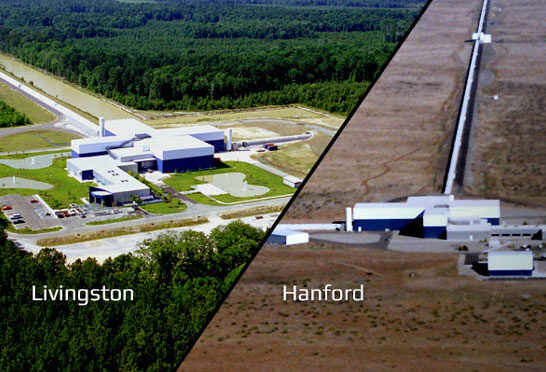2 May 2019 — On April 25, 2019, the National Science Foundation’s Laser Interferometer Gravitational-Wave Observatory (LIGO) and the European-based Virgo detector registered gravitational waves from what appears likely to be a crash between two neutron stars—the dense remnants of massive stars that previously exploded. One day later, on April 26, the LIGO-Virgo network spotted another candidate source with a potentially interesting twist: it may in fact have resulted from the collision of a neutron star and black hole, an event never before witnessed. In addition to the two new candidates involving neutron stars, the LIGO-Virgo network has, during the first month of the third observing run (O3), spotted three likely black hole mergers.
“The universe is keeping us on our toes,” says Patrick Brady, spokesperson for the LIGO Scientific Collaboration and a professor of physics at the University of Wisconsin-Milwaukee. “We’re especially curious about the April 26 candidate. Unfortunately, the signal is rather weak. It’s like listening to somebody whisper a word in a busy café; it can be difficult to make out the word or even to be sure that the person whispered at all. It will take some time to reach a conclusion about this candidate.”
More information is contained in the the full press release.

